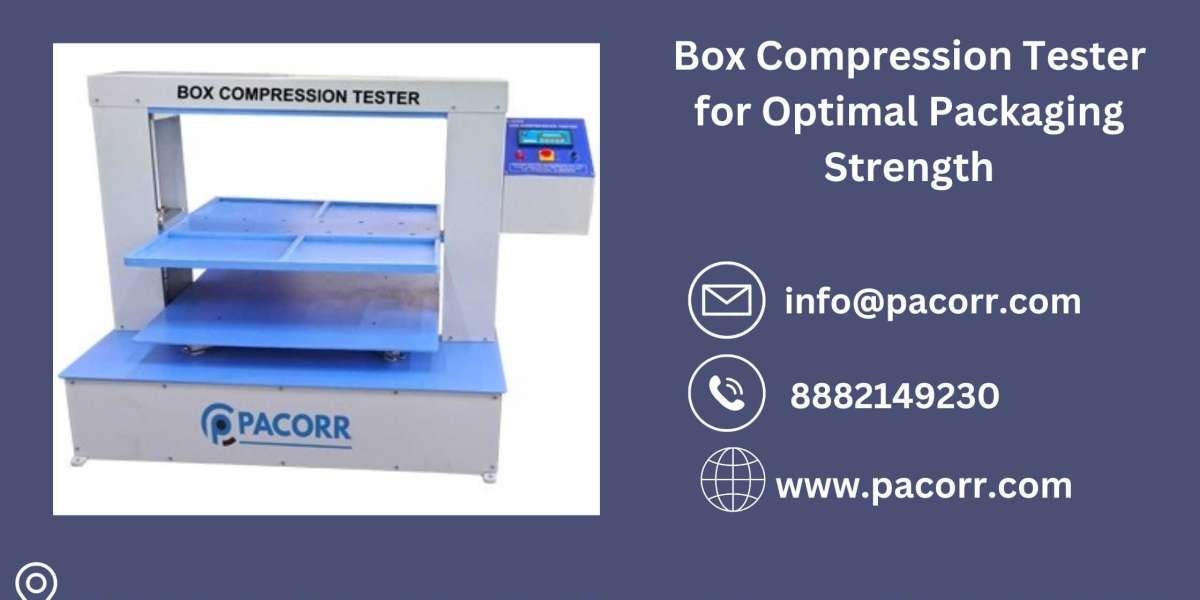In today's rapidly evolving technological landscape, the concept of multi-parameter functionality has become a cornerstone in various industries. This approach, which involves the integration of multiple parameters to enhance performance and efficiency, is transforming how businesses operate and innovate. In this article, we will delve into the significance of multi-parameter functionality, its applications across different sectors, and the benefits it brings to the table.
Understanding Multi-Parameter Functionality
Multi-parameter functionality refers to the capability of systems and devices to process and analyze multiple variables simultaneously. This multifaceted approach allows for more comprehensive data analysis, leading to better decision-making and optimized performance. For instance, in the healthcare industry, medical devices equipped with multi-parameter functionality can monitor a patient's heart rate, blood pressure, and oxygen levels concurrently, providing a holistic view of their health status.
Applications in the Healthcare Industry
The healthcare sector is one of the primary beneficiaries of multi-parameter functionality. Advanced diagnostic tools and monitoring systems leverage this technology to deliver precise and real-time data. For example, multi-parameter patient monitors are essential in intensive care units (ICUs), where they continuously track vital signs and alert medical staff to any abnormalities. This not only enhances patient care but also improves the efficiency of healthcare providers.
Impact on Manufacturing and Automation
In the manufacturing industry, multi-parameter functionality plays a crucial role in automation and quality control. Modern manufacturing equipment is designed to monitor various parameters such as temperature, pressure, and humidity simultaneously. This ensures that production processes are consistent and meet the required standards. Additionally, multi-parameter sensors in automated systems can detect anomalies early, preventing costly downtime and ensuring smooth operations.
Enhancing Environmental Monitoring
Environmental monitoring is another area where multi-parameter functionality is making a significant impact. Devices equipped with this technology can measure multiple environmental factors like air quality, water quality, and soil conditions at the same time. This comprehensive data collection is vital for environmental scientists and policymakers to make informed decisions about conservation and sustainability efforts. For instance, multi-parameter water quality sensors can simultaneously measure pH, turbidity, and dissolved oxygen levels, providing a complete picture of water health.
Benefits of Multi-Parameter Functionality
The advantages of multi-parameter functionality are manifold. Firstly, it enhances the accuracy and reliability of data by providing a more comprehensive analysis. Secondly, it improves efficiency by reducing the need for multiple devices or systems to monitor different parameters. This not only saves costs but also simplifies the data collection process. Lastly, multi-parameter functionality enables real-time monitoring and quick response to any issues, which is critical in industries like healthcare and manufacturing.
Future Prospects
As technology continues to advance, the scope of multi-parameter functionality is expected to expand further. Innovations in artificial intelligence (AI) and machine learning (ML) are likely to enhance the capabilities of multi-parameter systems, making them even more efficient and accurate. The integration of these technologies will enable predictive analytics, allowing industries to anticipate and mitigate potential issues before they arise.
In conclusion, exploring the importance of multi-parameter functionality in various industries reveals its transformative potential. From healthcare to manufacturing and environmental monitoring, this approach is revolutionizing how data is collected, analyzed, and utilized. As we move forward, the continued development and adoption of multi-parameter functionality will undoubtedly drive innovation and efficiency across multiple sectors.



